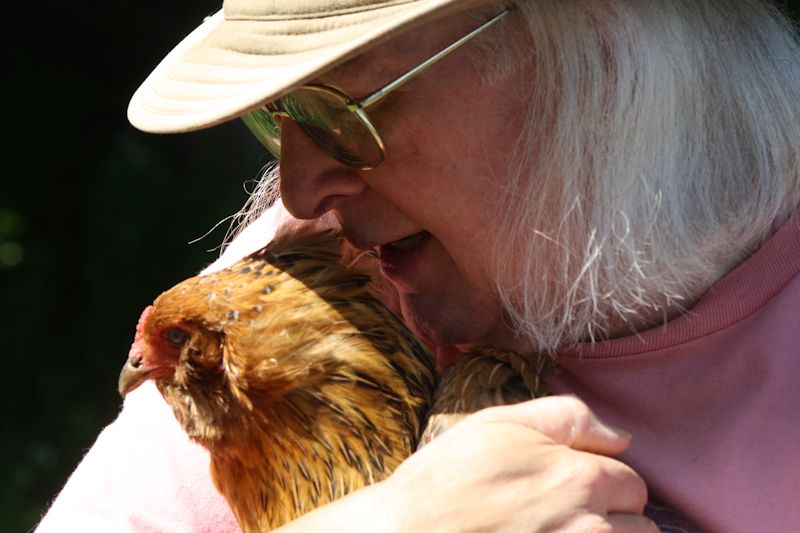I’ve written many posts in this blog about the usefulness of robots. Robots can server all kinds of useful purposes—everything from allowing people to live on their own to keeping people out of hostile environments that could cause death. In fact, robots are definitely in our future. At some point, there won’t be enough young people to deal with all of the people who need special care. Countries like Japan are already having this problem. Of course, every positive use of a technology comes with an equally (and sometimes significantly greater) negative use. So, I was appalled this past week to read the InfoWorld article, “Working conditions? Amazon’s robots have no complaints.” The article presents a view of the future for humans and robots working together that frankly sends chills up my spine. It asks the question of when our technology will become the master and us the slave.
It’s easy to view technology that reduces costs and makes nearly instant deliveries possible as a positive when it isn’t your job or work environment that has been affected. However, everyone’s job and everyone’s work environment are going to be affected by robots at some point. The constant enhancement of artificial intelligence and robotic technology make the combination of human and robot efforts inevitable at some point. So, it’s not a matter of feeling sort of sad for the other fellow as you immerse yourself in stuff made possible by robotic effort.
Am I saying that we should pull the plug? No, that’s a nonsense position and it’s completely unobtainable. However, what I am saying is that there needs to be rules in place for human and robot interactions. People constantly complain about the economy now—how the poor are pulling everyone down and we’d be best off without them. Let’s just replace them with robots who won’t complain. Of course, if you get rid of the current poor, the new poor are the people who are in the hierarchy just above them. There is no stopping the slide into chaos once you ignore the rights of those who are least able to protect themselves. We all become slaves when we put even one human into slavery and that’s where some technologies are headed right now.
There is a fine balance between enhanced use of technology to make the human condition better and turning people into slaves. Unfortunately, there aren’t any rule books on the topic right now. Amazon is getting by with what it is doing because no one has created a rule to say its wrong. The corporate environment looks for efficiency and cost savings wherever they exist. Only humans can make rules that protect others from harm and we need to start addressing this issue now.
The problem will have to be addressed at some point. Even if we ignore it completely, the people who are affected by the incursions of robots and the problems they can cause in the work environment won’t forget what has happened to them easily. Eventually, there will be protests, possibly violent. Addressing the situation now will help keep this ticking time bomb from going off in the first place. People have to have rights in the workplace that include not having their performance measured against what a robot can do. It also means that we need to provide training as necessary to help people move into new positions when robots take over a less interesting and mundane position. Robots can be an asset or a problem. I’d prefer to see them become an asset.
What is your perspective on robots and their use to help people? Do you think Amazon has gone too far or simply not thought the work environment problem through? How would you change things? Let me know your thoughts on this important topic at [email protected].

